Major Rivers of the World | General Knowledge for Young Learners - Class 1 PDF Download
| Table of contents |

|
| The Amazon |

|
| The Nile |

|
| The Ganges |

|
| The Mississippi |

|
| The Thames |

|
| Murray River |

|
| Orinoco River |

|
| The Saint Lawrence River |

|
| The Danube River |

|
| The Mekong River |

|
Rivers are essential to our planet, providing water to ecosystems worldwide. These natural waterways offer habitats, energy, transportation, and recreational opportunities. Here, we explore ten of the most famous rivers, from the Amazon to the Mekong.
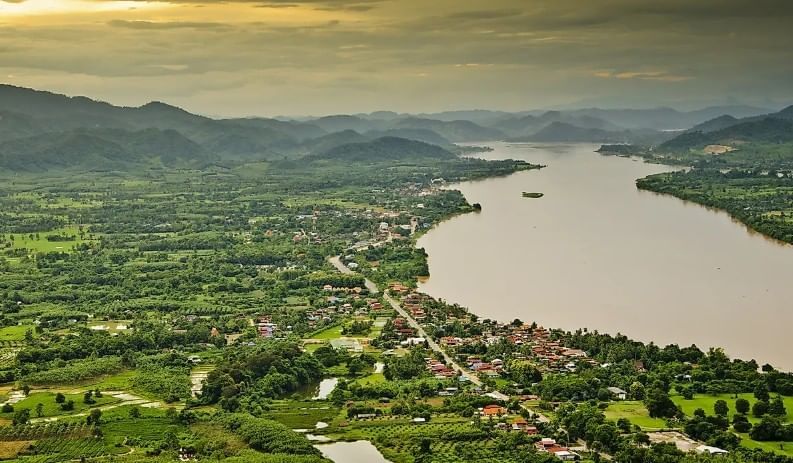
The Amazon
The Amazon River, winding through the dense Amazon Rainforest in South America, is the world's largest river by volume, with a staggering discharge of 208,978 cubic meters per second.
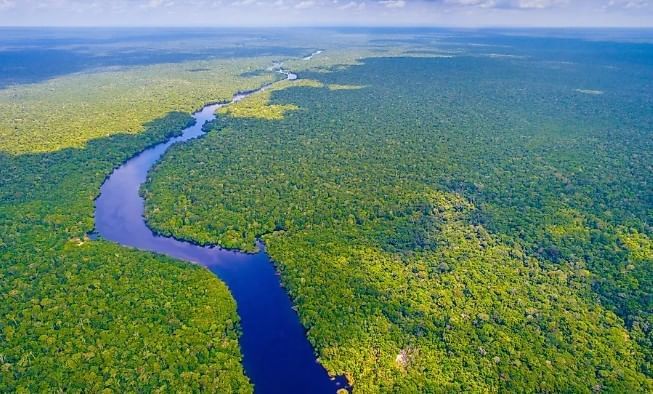
It spans 6,993 kilometers, making it one of the longest rivers, though there is some debate about how this length is measured.
- Biodiversity: The Amazon is renowned for its rich and diverse ecosystem. The river and its banks are home to a wide variety of plant and animal species, many of which are unique to this region.
- Countries: The Amazon River flows through Brazil, Peru, and Colombia, playing a crucial role in the environment and economy of these countries.
The Nile
The Nile River is a significant river that flows northward through much of northern Africa before emptying into the Mediterranean Sea. It passes through countries like Egypt and Sudan but originates from three main sources: the Blue Nile, the White Nile, and the Atbarah River. These sources are located in Ethiopia and Uganda before the rivers reach Sudan and South Sudan.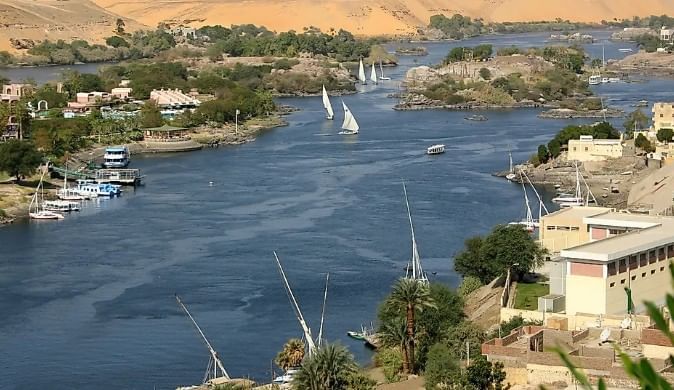
What makes the Nile particularly remarkable is its northward flow and its presence in the midst of a desert. Egypt and much of Sudan are dry, sandy landscapes, and the Nile River is the primary source of water for all life in this region.
- The Nile was essential for the establishment of prominent cities in the area, providing irrigation and the possibility of fertile soil for ancient Egyptian civilizations.
The Ganges
- The Ganges River, known as the Ganga in India, is a sacred river that flows through northern India and into Bangladesh. It is approximately 2,510 kilometers long, making it one of the longest rivers in the world.
- The river is not only a natural landmark but also holds immense religious significance, especially in Hindu culture.
Religious Significance
- In Hinduism, the Ganges is considered the most sacred body of water on Earth.
- The river is believed to be the earthly manifestation of the goddess Ganga, who is thought to be the daughter of Himalaya, the god of the Himalayas.
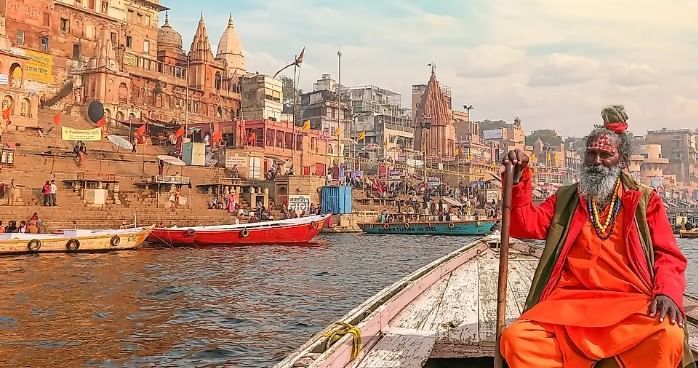
Daily Life and Rituals
- The banks of the Ganges are home to numerous cities and pilgrimage sites due to the river's religious importance.
- People engage in various activities along the river, including bathing, washing clothes, and performing funeral rites.
- These activities reflect the river's role as a vital source of life and its integral place in the daily routines and spiritual practices of the people.
The Mississippi
Introduction: The Mississippi River, stretching about 3,730 kilometers, is the second longest river in North America. It flows through or along the borders of ten U.S. states: Minnesota, Wisconsin, Iowa, Illinois, Missouri, Kentucky, Tennessee, Arkansas, Mississippi, and Louisiana.Importance: The river is a vital commercial waterway, powering many nearby cities. Its size makes it an important habitat for various animals and a migratory route for numerous bird and fish species.
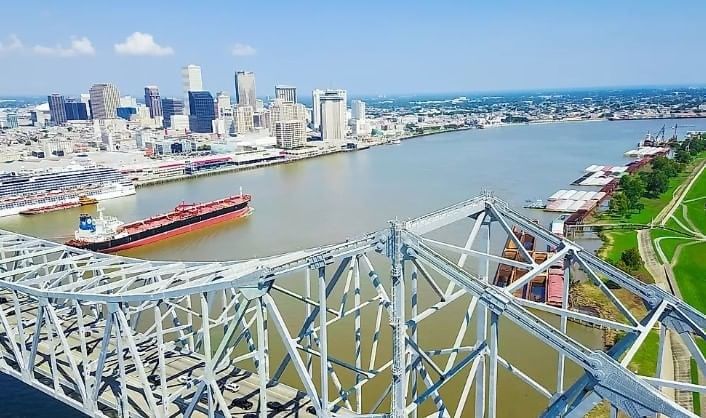
Geographic Features: The Mississippi River is known for its wide and winding path, making it an impressive natural feature.
The Thames
- The River Thames flows through southern England and passes through the capital city, London.
- It is 346 kilometers long and drains into the North Sea, making it the longest river entirely in England (not considering the rest of the UK).
- The river was historically important because it provided a route for travelers and traders to sail from mainland Europe across the English Channel and into the heart of London.
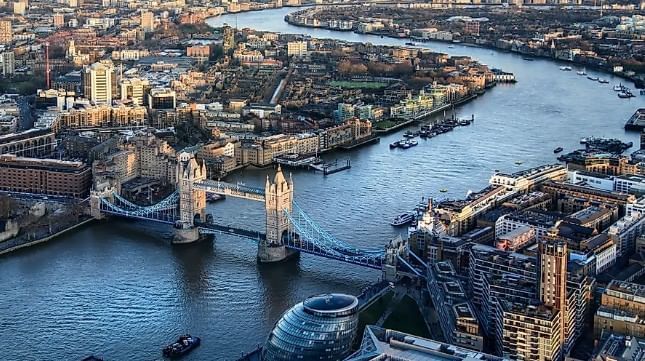
In modern times, the banks of the Thames are lined with famous landmarks and buildings, including Tower Bridge, the Tower of London, the Houses of Parliament, cathedrals, and various tourist attractions.
Murray River
- The Murray River is the longest river in Australia, stretching 2,508 kilometers.
- It is located in the southeastern part of the country and flows through three states: New South Wales, Victoria, and South Australia.
- Given Australia's dry and arid climate, rivers like the Murray are crucial water sources.
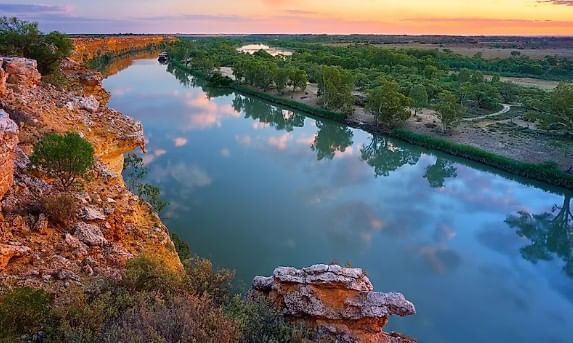
The Murray River supplies water to approximately 1.5 million homes and is also used for irrigating local farms.
Orinoco River
The Orinoco River, stretching 2,250 kilometers, is one of the longest rivers in South America. While most of the river flows through Venezuela, it also extends into Colombia. This river ranks as the fourth largest in the world based on the volume of water it discharges.
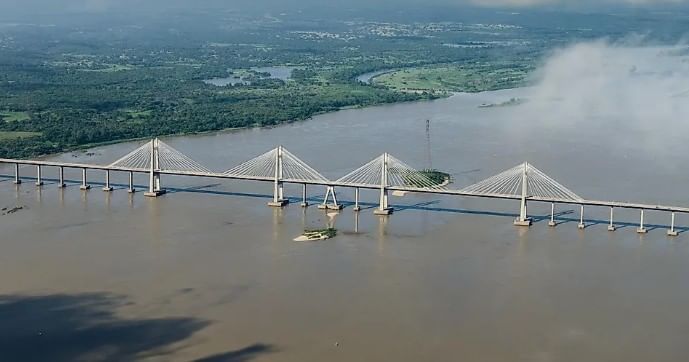
Historically, the Orinoco River was a vital transportation route, and it continue s to provide an important passage through Venezuela today. The region surrounding the river is known for its rich biodiversity, home to various unique species such as the Orinoco crocodile, river dolphins, giant river otters, the giant anaconda, and over 1,000 different species of fish.
The Saint Lawrence River
The Saint Lawrence River is situated in Eastern Canada and flows from the Great Lakes to the Atlantic Ocean. It is one of the largest rivers on the continent and is the only outlet for the important Great Lakes.

Historically, the river was crucial for European explorers who first came to North America, providing them with a passageway. Today, the river system is still a significant route for transporting goods.
Because of its convenient location, early settlements formed around the edges of the river. As a result, some of Canada’s major cities and settlements, such as Montreal and other parts of Quebec, are located along the river.
The Danube River
- The Danube River is the second longest river in Europe. It flows through several countries in central and southeastern Europe, including Germany, Austria, Romania, Hungary, Serbia, Bulgaria, Ukraine, Slovakia, and Croatia.
- This river is very important for these countries because it provides a route for transporting goods and freight.
- Additionally, the Danube is a source of hydroelectricity and supplies water for industrial and residential use.
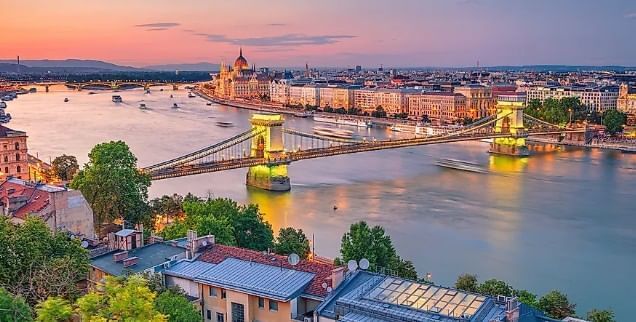
Without the Danube, the cities and countries along its path would have a much harder time functioning smoothly, and trade and the availability of goods would be greatly affected.
The Mekong River
- The Mekong River acts as a natural border between East Asia and Southeast Asia. It flows through or along the borders of several countries, including Vietnam, Thailand, Laos, Cambodia, China, and Myanmar.
- Approximately 60 million people depend on the Mekong River for their livelihoods. The river is crucial for one of the largest and most diverse fishing industries in the world. Common fish species found in the Mekong include giant river carp, freshwater stingrays, Siamese giant carp, and giant catfish.
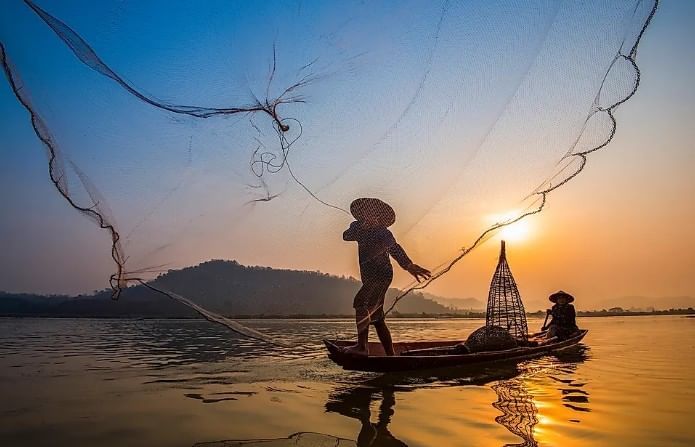
In addition to being a vital source of food, the Mekong River is renowned for its biodiversity, ranking second among all rivers in biodiversity importance, just after the Amazon River.
|
64 videos|153 docs|40 tests
|
FAQs on Major Rivers of the World - General Knowledge for Young Learners - Class 1
| 1. What are the longest rivers in the world, and how do they rank? |  |
| 2. What are some key features of the Amazon River? |  |
| 3. How does the Ganges River hold significance in Indian culture? |  |
| 4. What is the economic importance of the Mississippi River? |  |
| 5. What are the environmental challenges faced by rivers like the Mekong and Danube? |  |














